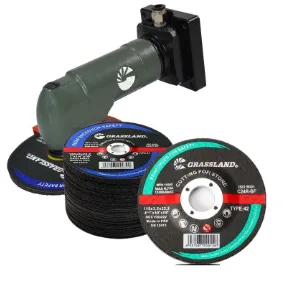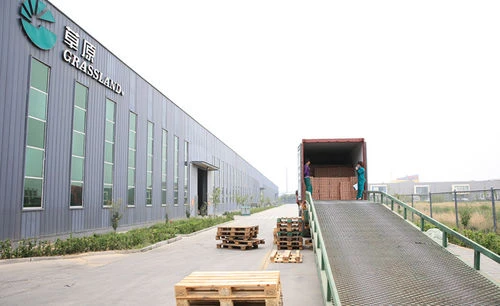

In terms of maintenance, regular inspection and proper handling of saw blades cannot be overstated. A sharp, clean blade not only extends its life but also enhances performance. This involves routinely checking for wear and tear, removing debris, and ensuring proper storage. These practices build trust and reliability, especially in critical applications where failure is not an option. Environment also plays a role in the performance of a metal cutting saw blade. Operating in conditions that reduce heat build-up and friction can significantly prolong the blade’s lifespan. Utilizing cutting lubricants and ensuring adequate ventilation lessens the risk of overheating, thus maintaining blade integrity and cutting accuracy over time. Lastly, the significance of operator expertise cannot be ignored. Even the most sophisticated blade requires skilled handling. Proper technique, combined with an understanding of the material and tool dynamics, results in the most efficient cutting process. Training and adherence to safety protocols contribute to the overarching trust placed in these tools. In conclusion, choosing the right metal cutting saw blade involves a careful assessment of the material, blade characteristics, maintenance practices, environmental considerations, and operator skill. By focusing on these aspects, users can forge a reliable partnership with their tools, ensuring a blend of performance, safety, and durability in every cut. Each of these dimensions reflects the core principles of expertise, authority, and trustworthiness, solidifying the metal cutting saw blade’s role as an essential component in the realm of metalworking.
Post time:Jan - 15 - 2025

















